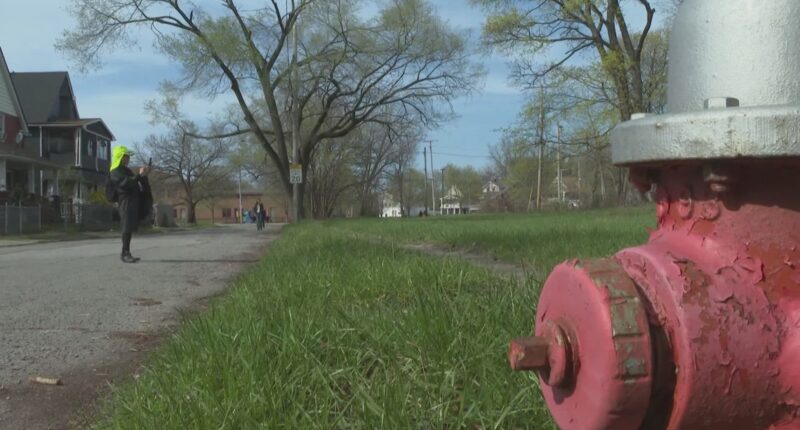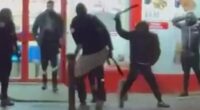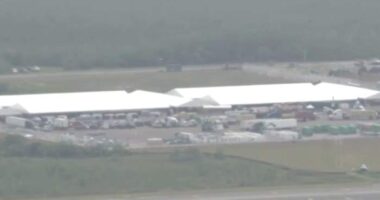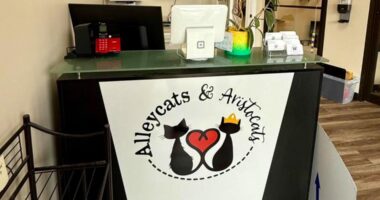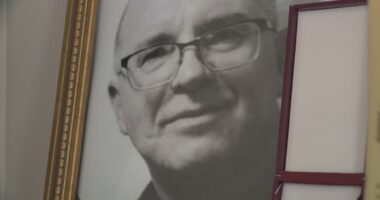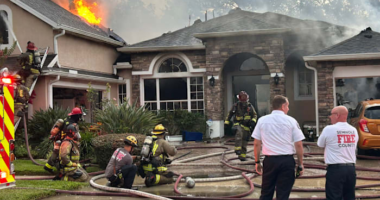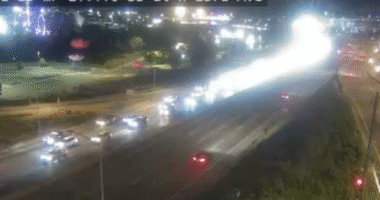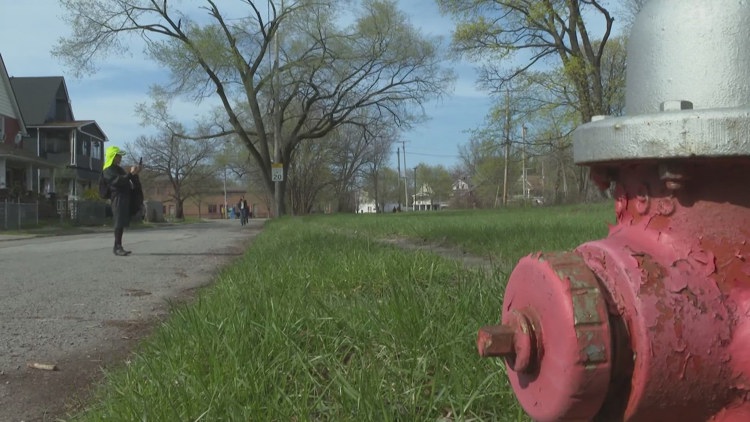
Cleveland enlists residents feedback to transform vacant lots into green spaces or homes, aiming for neighborhood improvements.
In Cleveland, the city is seeking to enhance neighborhoods by utilizing vacant lots, with the assistance of local residents who possess an intimate understanding of these areas.
Walking down East 85th Street in the St. Clair Superior neighborhood, it doesn’t take long to find several vacant lots, all waiting for a purpose.
The primary objective is the enhancement of neighborhoods and the utilization of land, whether by transforming it into green spaces with trees or constructing residential properties.
While the city views housing as the optimal choice for the empty lots on East 85th Street, they are not making unilateral decisions. Instead, they are involving residents like Christiana in shaping the development plans.
“It’s a very short lot. I don’t see a yard and a house,” said Christiana, looking over a vacant lot.
The process is called ground truthing. Residents are trained to use an app called “Field Maps” to verify lot conditions and provide feedback. They’re paid $20 an hour through local development groups.
“You’re looking at the parcel and the area around it is seeing if you agree with that recommendation,” said Lane Mikkelsen of the St. Clair Superior Development Corporation. “Like for example, if it’s for a multi-family home, does that make sense.”
“We’re trying to get consensus before someone says, hey, I have an idea for this lot. That’ll just make it easier for everyone,” added Moss.
Cleveland has 18,000 vacant lots in the city’s land bank. That adds up to over 2,000 acres.
“It’s difficult because a lot of these lots are squeezed in between homes and businesses, and that makes it even harder to figure out what to do with them and to actually repurpose them,” said Moss.
The city is recommending various uses for the vacant lot, from single to multi-family homes, businesses and manufacturing or parks and gardens. Side yards between houses could be gifted to the residents living next to them.
“We need to make sure that those recommendations actually get utilized,” said Mikkelsen. “And that’s a longer-term process. It’s going to take people coming in and developing the things that people want to see.”
The project is funded by a Thriving Communities grant from the U.S. Department of Transportation. It’s already underway in Mt. Pleasant and St. Clair-Superior, with more neighborhoods to come.
“Land is important, land is valuable, and land is meaningful,” Moss said. “And we want to be intentional about how we reuse it.”
This ground-truthing approach was first piloted in Slavic Village last year. Now, the city hopes to cover all neighborhoods by the end of this year.
